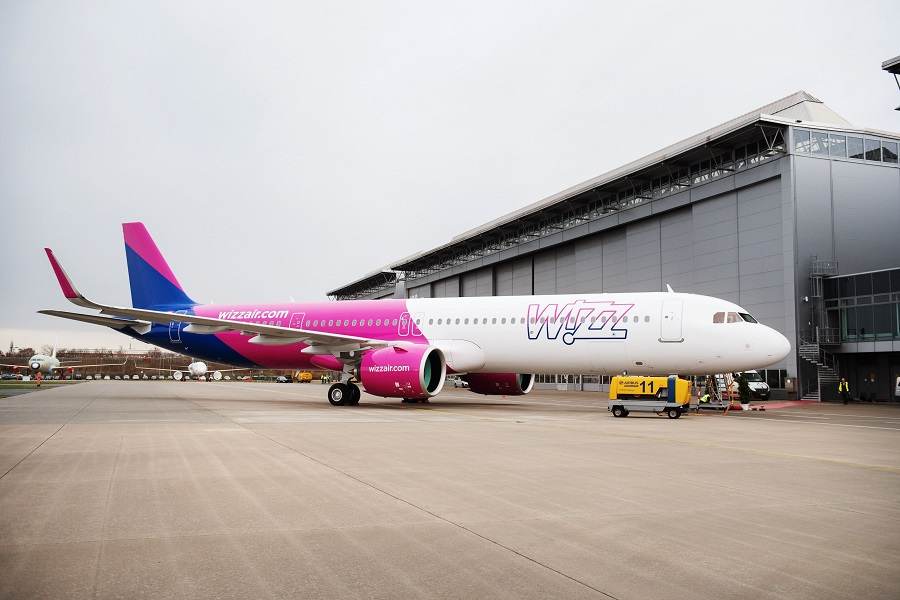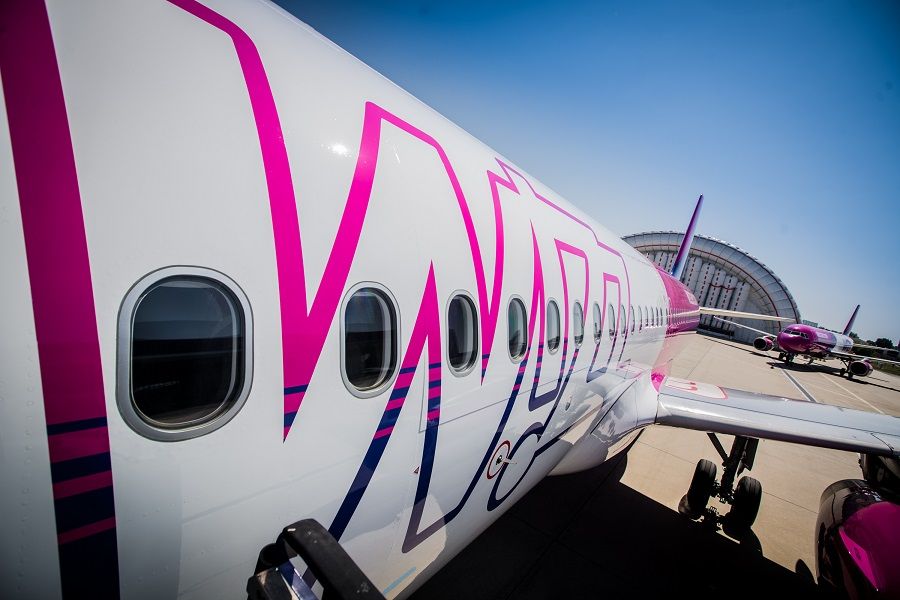WizzAir bills itself as Europe’s greenest airline and has recently outlined in which ways it will maintain and improve this goal.
Many who criticize aviation for its environmental impact probably don’t realize it, but airlines themselves generally agree with them. All airlines want to be green, for one simple reason, if nothing else: it’s in their own best interest. Fuel is the single biggest running cost for an airline. So anything they can do to minimize fuel burn safely, all airlines will try to do. And WizzAir tries to lead the pack.
Firstly, the airline is keen to switch its A320 and A321 aircraft for newer, New Engine Option (neo) variants of the same. They have already picked up seven A321neo models. In the Covid-19 crisis, other airlines have pushed back deliveries of new aircraft by several years.
By contrast, WizzAir has brought forward its deliveries, picking up the dropped slots of other airlines. The newer aircraft are considerably more efficient than the older models. That, in itself, amounts to the biggest improvement in efficiency. The LEAP engines have a higher bypass ratio and a geared fan. A different version of the same engine is used in Boeing’s 737 MAX models, for the same reason.

WizzAir Details
Other changes are more subtle, but nevertheless amount to large improvements once applied to a whole fleet. Newer, lighter seats save weight. They’re also thinner back to front, allowing for a slightly smaller pitch, without taking room away from passengers. This is part of why WizzAir’s A321neo aircraft have nine more seats than the previous A321.
The airline is also attempting to use more powerful planning software to help pilots take off without carrying more fuel than necessary. There are limits to how much savings can be made with this method, especially with adverse weather conditions, but airlines always like to try. And more interestingly, the airline is encouraging pilots to make approaches with a lower flap setting, wherever appropriate.
Flaps increase lift in the lower speed portions of the flight. They also increase drag, requiring higher power settings. WizzAir estimates a 15kg fuel saving per approach, when made with a lower flap setting. Applied to a whole fleet, making 6 to 8 approaches per day, the savings add up pretty quickly. But it’s not that simple. Again, weather can be a factor.

Flaps Versus Power
Jet engines take time to react to changes in power demand. It’s not like a car, where flooring the throttle will instantly give you more power. Pilots like to keep the engines in a relatively high power setting, for this reason. Also, engine response time improves with higher power settings. Finally, some short runways in the smaller airports that WizzAir and other low-cost carriers use, will necessitate more flaps.
So while a lower flap setting will help fuel economy, there will be conditions when pilots will prefer different settings. The airline also reports using single-engine taxiing after landing, where possible. This would be particularly useful in large airports with plenty of taxiing to the terminal.
Finally there are other details, like using ground power instead of the APU where possible, washing the aircraft often to keep drag to a minimum, having a paperless cockpit and using light paper for the in-flight magazine.
In reality, most low-cost carriers will be looking for ways of implementing most if not all of these measures. Unquestionably though, Wizzair is quick to switch to the A320/321neo models and their LEAP engines. That move alone certainly helps them to reduce their fuel burn, running costs and environmental impact, all in one go.
On its own, the move to a younger, efficient fleet will probably achieve over half of their goal of reducing emissions by 33%, by 2030. All healthy low-cost carriers are moving to newer aircraft when they can. And in the climate of this pandemic, it’s good to see these carriers succeeding.



